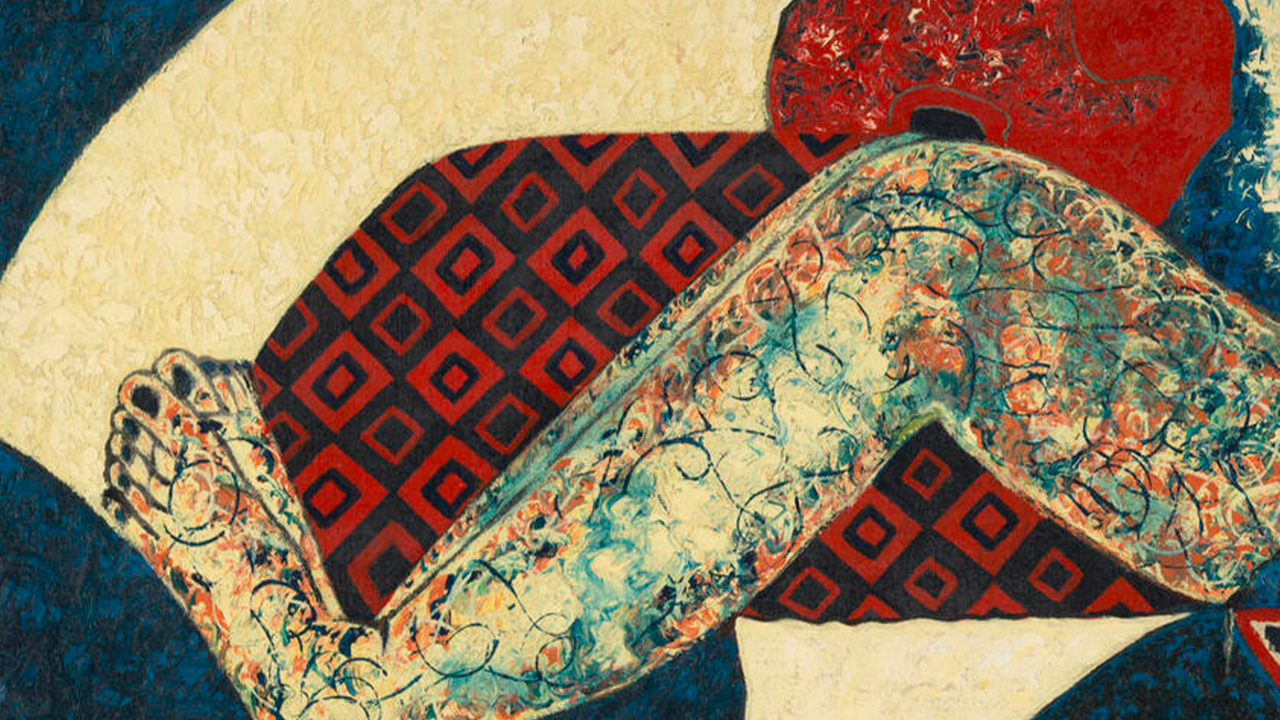Joseph Cornell
Royal Academy of Arts, London, UK
Royal Academy of Arts, London, UK

‘Wanderlust’ designates a state of being that holds both positive and negative connotations. On the one hand, the term conjures a sense of magic and desire, yet it also denotes a feeling of personal incompleteness. It is a dichotomy that permeates the work of Joseph Cornell, whose glass-fronted shadow boxes, collages and films were shown at the Royal Academy of Arts under this title in the first exhibition of the artist’s work in the UK since 1981. Eighty works were displayed, grouped into four themes – ‘Play and Experiment’, ‘Collecting and Classification’, ‘Observation and Exploration’, and ‘Longing and Reverie’ – reflecting the thematic approach Cornell adopted in the development of his work – made clear in the diaries and dossiers that he kept throughout his career.
Cornell lived his whole life in New York and habitually navigated Manhattan’s dime stores searching for unassuming ephemera to use in his shadow boxes. His daytime employment required the boxes to be constructed in solitude, often at nightfall, in the basement of the house he shared with his mother and disabled brother. Many of the works on show offer mysterious nocturnal spaces punctuated by activity, as seen in Untitled (Owl Habitat) (c.1940s), where a cut-out owl is displayed in a wooden box against an organic backdrop of bark, wood, pulverized plant matter and painted lichen. Cornell often observed the constellations from his back yard and Untitled (Celestial Navigation) (1956–58) reveals an informed interest in the scientific advancements of his time. The box contains a number of carefully chosen elements – numerical tables, a sky chart, map pins, a flag and a piece of driftwood – while underneath a drawer is pulled out to reveal a night-sky map alongside white sand, shells and ball bearings. The complexity of this work offers a celebration of human knowledge and endeavour, whilst also acting as a metaphor for spiritual transcendence.
Although Cornell rarely ventured beyond New York State, he associated with the key figures of dada, surrealism and, later, abstract expressionism. A number of his works were dedicated to fellow artists: Untitled (Story without a Name – for Max Ernst) (1930s), an early collage that combines a playful tableau of images taken from 19th-century woodcuts and engravings; A Parrot for Juan Gris (1953–54), featuring a cut-out cockatoo in a box set amongst collaged elements; as well as the enigmatic Untitled (After René Magritte’s ‘Time Transfixed’) (1965). Cornell’s juxtaposition of ephemera and his preoccupation with confined space takes its cue from the way Magritte encloses mysterious scenarios within claustrophobic interiors, thereby composing a riddle for the viewer to unpick. A comparable conundrum is presented in Toward the Blue Peninsula: for Emily Dickinson (c.1953), where Cornell merges an open wire mesh with a window revealing an expanse of blue. This vibrant block of colour set within a geometric grid conjures a feeling of loss, as though an earlier presence has taken flight, leaving only the echo of a memory.

The manner in which Cornell lived through his imagination seems to evoke the 17th-century Dutch custom of building doll’s houses to replicate actual homes. These intricate cabinets were intended to symbolize an individual’s existence and status and were mostly used by those who had to remain at home – namely women and children. Palace (1943), the first work in the Royal Academy exhibition, perhaps reflects Cornell’s domestic ties, rooted in the caring responsibilities he had for his brother. A similarly childlike sensibility pervades Object (Soap Bubble Set) (1941), which combines a clay pipe – a reminder of Cornell’s Dutch ancestry – with the innocent activity of blowing bubbles. It is as though Cornell never grew up; instead, he circumnavigated life removed from many of its adult conflicts, creating miniature worlds that allowed his imagination to soar whilst he remained secure within self-imposed boundaries.
Cornell’s shadow boxes seem to reflect a human state that strives to escape its corporeal confines. This sensation is particularly pervasive in Hölderlin Object (1944–46), where the unfathomable blueness of the box and its contents – marbled paper, velvet, oak leaf and an old book tied with string – exudes a palpable sense of longing. Similarly, Weather Satellites (1965), which depicts a trapped humming bird seeking escape, is full of yearning. Although Cornell is best-known for his shadow boxes, seeing his work alongside the collages and three montage films made from spliced found footage – Thimble Theatre (c.1938), Gnir Rednow (1955) and Angel (1957) – offers a rare opportunity to explore the full range of Cornell’s practice. Cornell’s brand of alchemy was entirely his own, but his experimental approach fed into later movements, such as pop and fluxus, and directly influenced Robert Rauschenberg’s use of found objects. Much of today’s assemblage-style work remains haunted by his otherworldly visions.
























